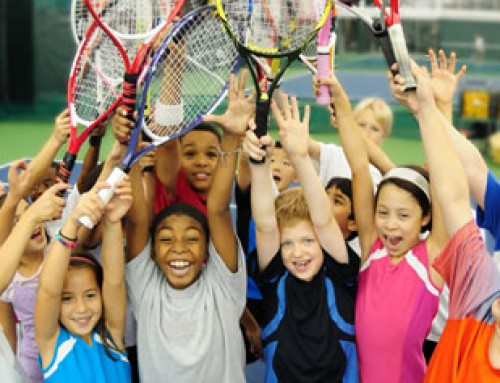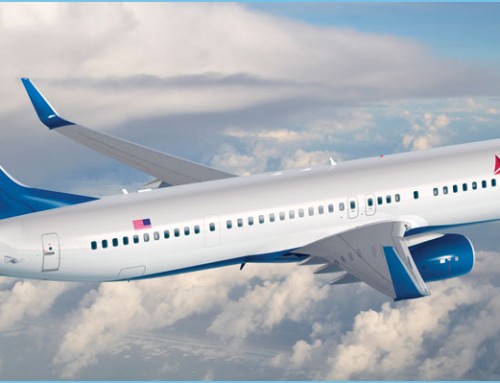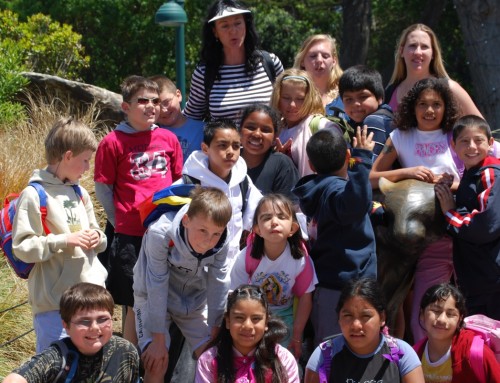As parents of language deficient children, we know how incredibly isolating this condition can be. Yet a great many children with this and related disorders like autism can be highly visual. And with the right strategies can participate in and grow from exposure to sports. While our boys were clearly very visual, they were globally dyspraxic, which seemed to rule out active engagement in sports. And yet one thing was clear to both Val and I. If we did not find physical pursuits to engage the boys we all would be climbing the walls at home.
So we exposed them to various sports activities that were available in our community. We started with swimming as it was an obvious option being based in California. So we integrated the boys into swimming classes at our local pool. Both boys lacked formal language and were completely non-verbal. So we employed PECS coupled with text on a white board. We had to assure the swimming teacher that the boys would be OK, which was complicated by Conor mischievously throwing a spanner into the works. In full sight of everyone, he pulled down his togs and peed straight into the pool. In defiance to the instructions from the older students in his class, Conor just knew how to break up the party. Fortunately, I had a love of swimming. I got into the pool to orient and work with Conor while Eoin just took off.
What made the sessions work so well was that the boys learned visually and experientially. All the while we supported them with language written on a white board. And, as our speech therapist instructed, lots of repetition in the practice of both the swimming and associated language. What had started with a great deal of trepidation and fear of the unknown, had grown to become one of our great early successes.







Leave A Comment